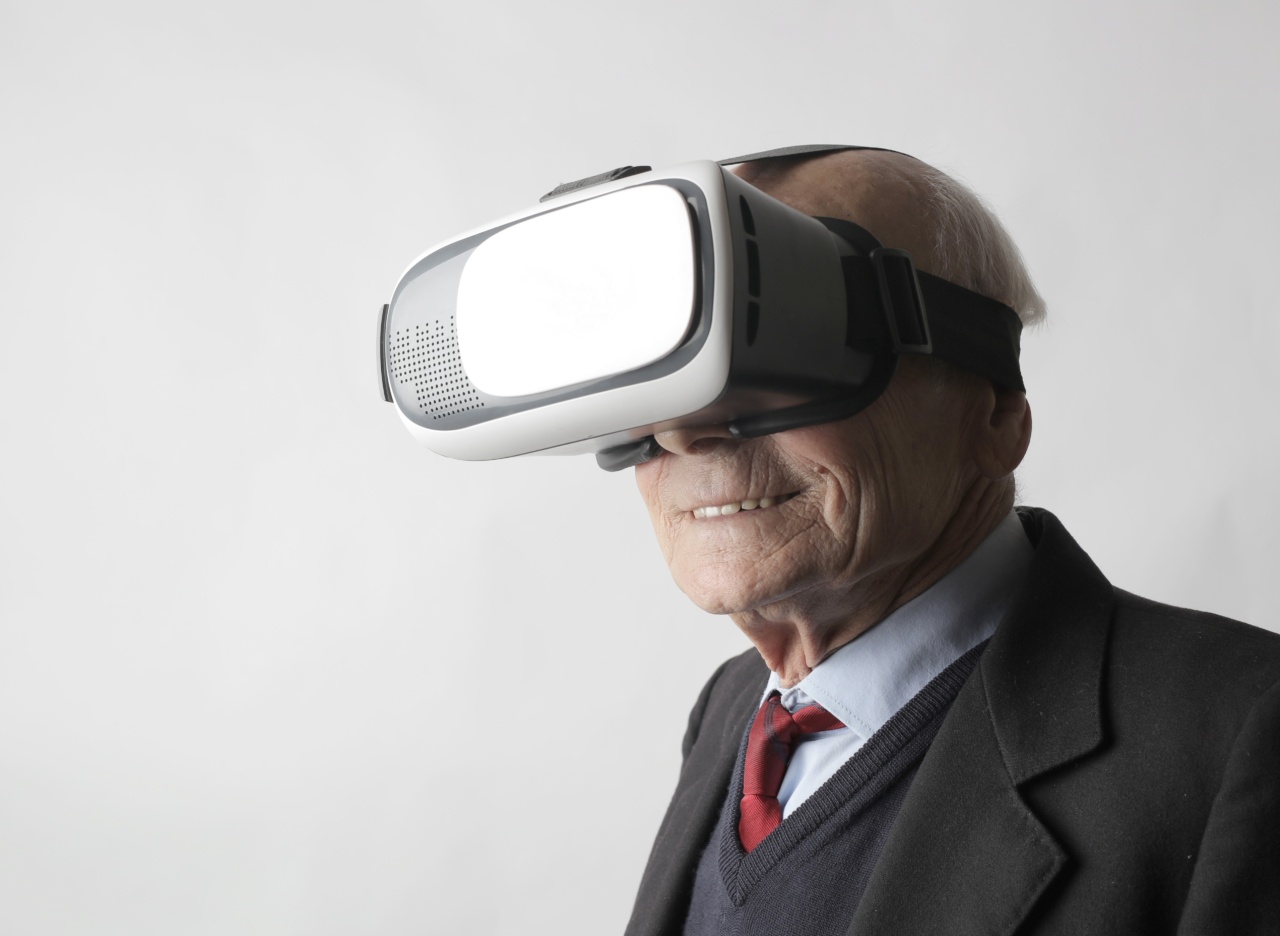Cancer is one of the leading causes of death worldwide, with millions of people affected each year. Medical technology has made great strides in cancer treatment, but there is still much to be done.
One potential tool that has been gaining prominence in recent years is virtual reality (VR). VR has been used in various applications, from gaming to education, and now healthcare is beginning to explore its potential in cancer treatment.
In this article, we will compare and contrast the realities of cancer with VR, exploring its benefits and drawbacks and potential applications.
What is Virtual Reality?
Virtual reality refers to the creation of a simulated environment that is experienced through a computer-generated image or video.
It typically involves the use of a headset or other device that tracks the user’s movements and adjusts the image accordingly. The user is able to interact with the environment in a seemingly real way, often using hand-held controllers or other input devices.
What is Cancer?
Cancer is a disease that occurs when cells in the body grow and divide uncontrollably, forming tumors or invading other parts of the body. There are many different types of cancer, each with its own unique characteristics and treatment options.
Cancer is typically treated with a combination of surgery, radiation therapy, and/or chemotherapy.
Benefits of Virtual Reality in Cancer Treatment
Virtual reality has a number of potential benefits in cancer treatment. One of the most promising applications is in pain management.
Cancer treatments can be very painful and uncomfortable, and some patients may be hesitant to take pain medication due to side effects or the risk of addiction. VR has been shown to be effective in reducing pain and discomfort by distracting patients from their symptoms. Some studies have even found that VR can be as effective as traditional pain medication.
Another potential benefit is in reducing anxiety and stress. Cancer can be a very stressful and anxiety-inducing experience, both for patients and their families.
VR can provide a calming and relaxing environment that helps reduce anxiety and stress levels. This can be particularly useful in procedures such as biopsies or chemotherapy, which can be very stressful and uncomfortable.
VR can also be used in patient education and training.
Cancer treatment is often complex and difficult to understand, but VR can provide a visual and interactive way for patients and their families to learn more about their condition and treatment options. This can help patients feel more empowered and involved in their own treatment.
Drawbacks of Virtual Reality in Cancer Treatment
While virtual reality has a number of potential benefits in cancer treatment, there are also some drawbacks to consider. One of the biggest concerns is the cost.
VR equipment can be expensive, and not all hospitals or treatment centers may be able to afford it. Additionally, training and support for VR may require additional resources, such as hiring specialized staff or purchasing educational materials.
Another concern is the potential for VR to be a distraction rather than a useful tool.
While VR has been shown to be effective in reducing pain and anxiety, it is possible that patients may become too focused on the VR experience and neglect to communicate with their healthcare providers. Additionally, some patients may find the VR experience disorienting or unsettling, particularly if they are already feeling ill or weak.
Real-World Applications of Virtual Reality in Cancer Treatment
Despite the potential drawbacks of VR in cancer treatment, there are a number of real-world applications that have shown promise. One example is in the treatment of chemotherapy-induced nausea and vomiting.
A study published in the Journal of Pain and Symptom Management found that wearing a VR headset during chemotherapy treatments reduced the severity of nausea and vomiting by up to 50 percent.
Another example is in the treatment of phantom limb pain in cancer survivors. Phantom limb pain refers to the sensation of pain or discomfort in a limb that has been amputated.
VR has been shown to be effective in reducing phantom limb pain by providing a visual representation of the missing limb.
VR has also been used in radiation therapy planning. Radiation therapy is often used to treat cancer, but it can be difficult to accurately target tumors without damaging surrounding healthy tissue.
VR can provide a visual and interactive way for doctors to plan and visualize the radiation treatment, reducing the risk of side effects and improving overall treatment outcomes.
Cancer: The Reality
Despite the potential benefits of virtual reality in cancer treatment, it is important to remember the reality of the disease. Cancer is a difficult and often painful experience, both physically and emotionally.
While VR can provide temporary relief or distraction, it cannot replace the human connection and support that patients need.
Effective cancer treatment requires a holistic approach that addresses not just the physical symptoms, but also the emotional and psychological impact of the disease.
Healthcare providers must be trained to provide compassionate care and support to patients and their families, while also staying up-to-date with the latest medical technologies and treatment options.
Conclusion
Virtual reality has the potential to be a valuable tool in cancer treatment, particularly in pain management, stress reduction, and patient education.
However, it is important to consider the potential drawbacks and costs of implementing VR in healthcare settings. Additionally, while VR can provide temporary relief or distraction, it cannot replace the human connection and support that patients need.
Healthcare providers must continue to prioritize compassionate care and support for cancer patients and their families, while also exploring the potential benefits of new medical technologies and treatment options.
























